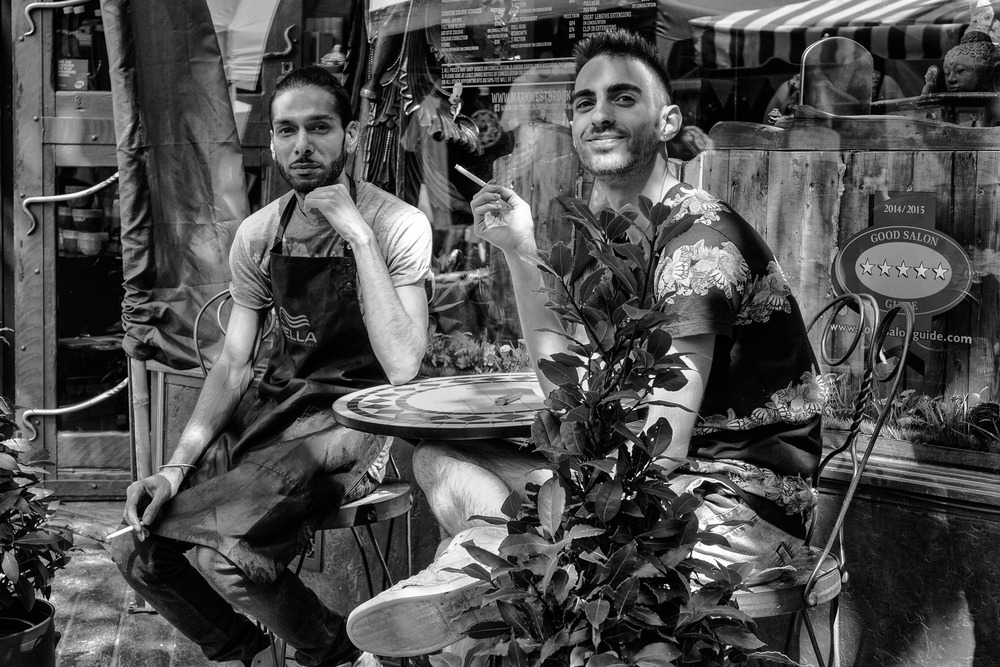
I bought the Canon EOS M because it was cheap. £199 for an APS-C compact with an 28-88mm (equivalent) zoom has got to be worth considering. As I explained a couple of days ago, this camera started off as a much more expensive beast but seems to have been unloved. Perhaps there are better competitors out there at the original £700-plus price. But at £199 it takes some beating.
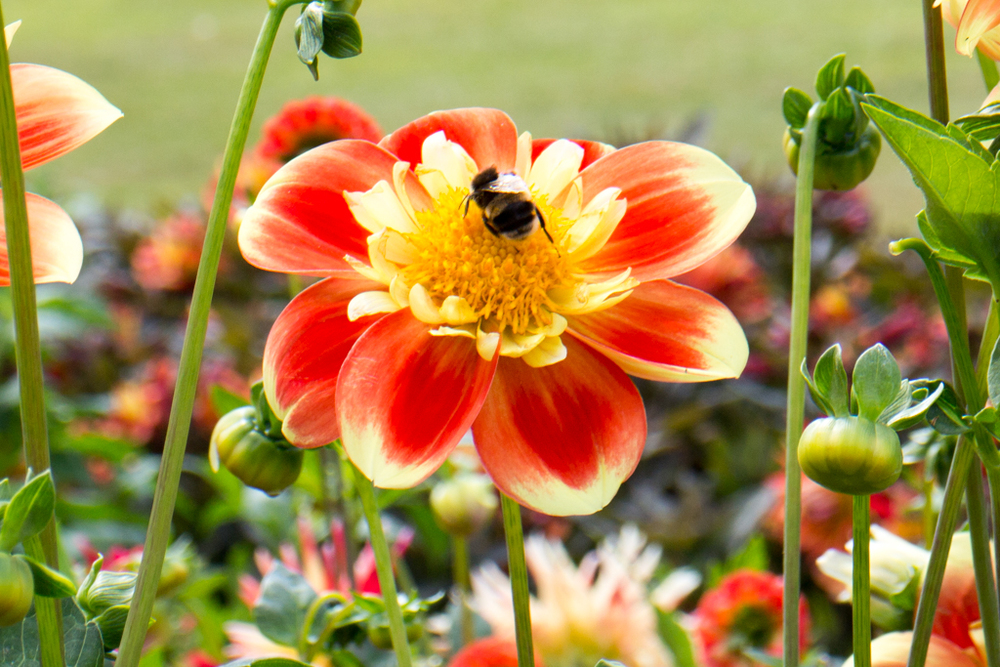
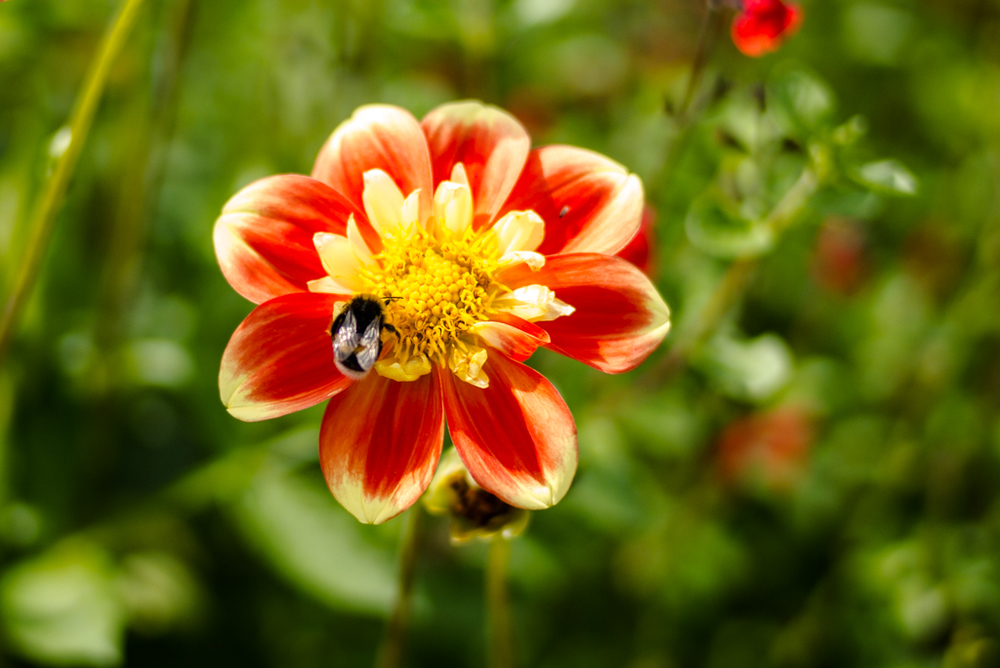
This weekend I was out with the little Canon to see how it stands up against other APS-C sensor cameras I have tried. It is an odd little thing, with buttons kept to a minimum and most of the action taking place on the excellent touch screen. But it is built like a tank, in Japan (a fact which indicates Canon intended this as a premium camera) and feels good in the hand. It is also über cute in its all-black livery.
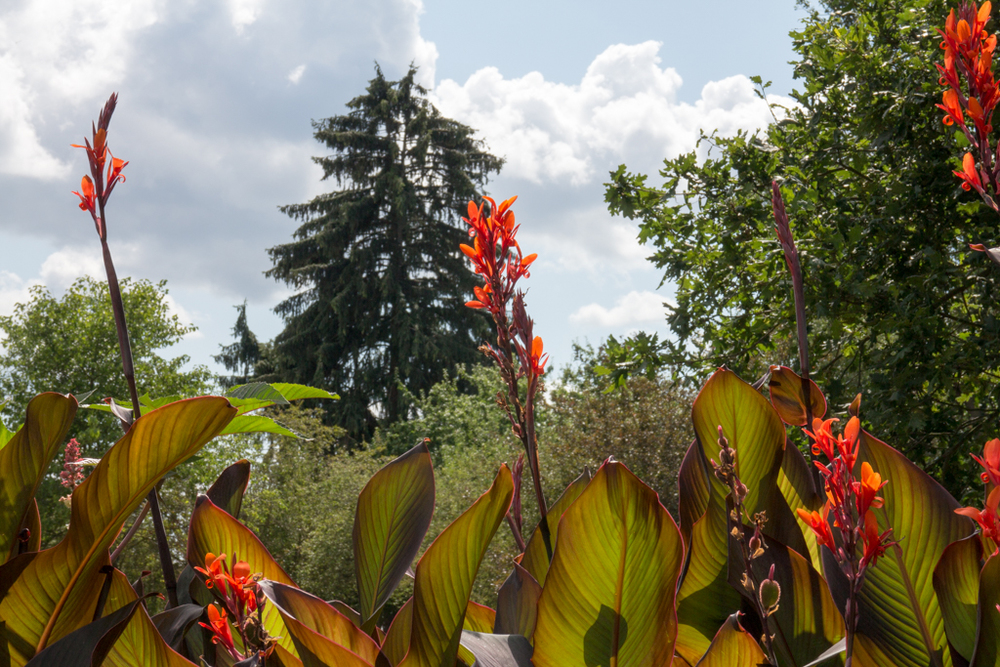
Normally I would say I do not like cameras without a viewfinder. Normally I would not be too keen on touch-screen control. But the little Canon is a real charmer and I have to say that I had a blast with it this last weekend. And the focus speed, reputedly the Achilles’ heel of the EOS M, is actually not all that slow. The firmware update has improved things, but I do not think it is now slow in comparison with some other cameras. I would put it on par with the Leica X Vario or the Fuji X-E1 but not as fast as the Fuji X-E2 or the Olympus OM-D EM-1. It is also comparable with the Sony A7r in my opinion.
As a Leica fan who cleaves to simple manual controls, I am not the ideal target market for the EOS M. How would I get on with a camera that has no physical aperture control or speed dial? Is life possible, I wondered? Yet I really like the touch screen interface. It is one of the best I have tried and I was soon working happily with it.
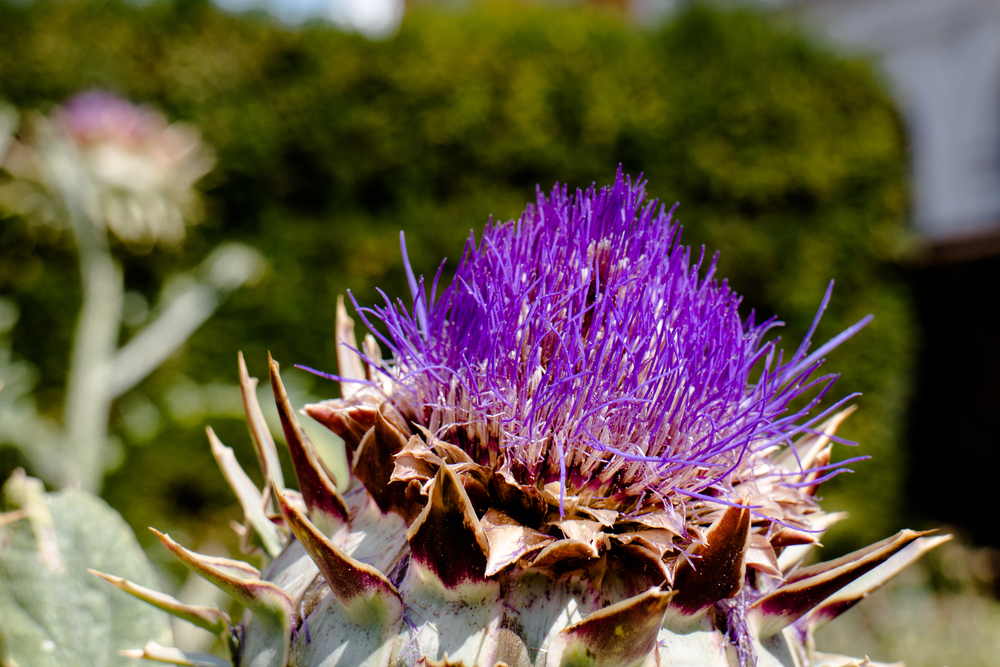
I am delighted with the ability to touch a focus point and have the camera automatically take the picture without the need to move a finger to the shutter release. It is surprisingly easy and particularly accurate in achieving selective focus. This, I am sure, will come into its own with a fast prime lens, such as the 22mm f/2 which I have on order and which I look forward to playing with.
About the only thing I would like is a tilting screen to really make the most out of this touch-and-shoot interface. But even with the fixed screen, the Canon has virtues for street photography.
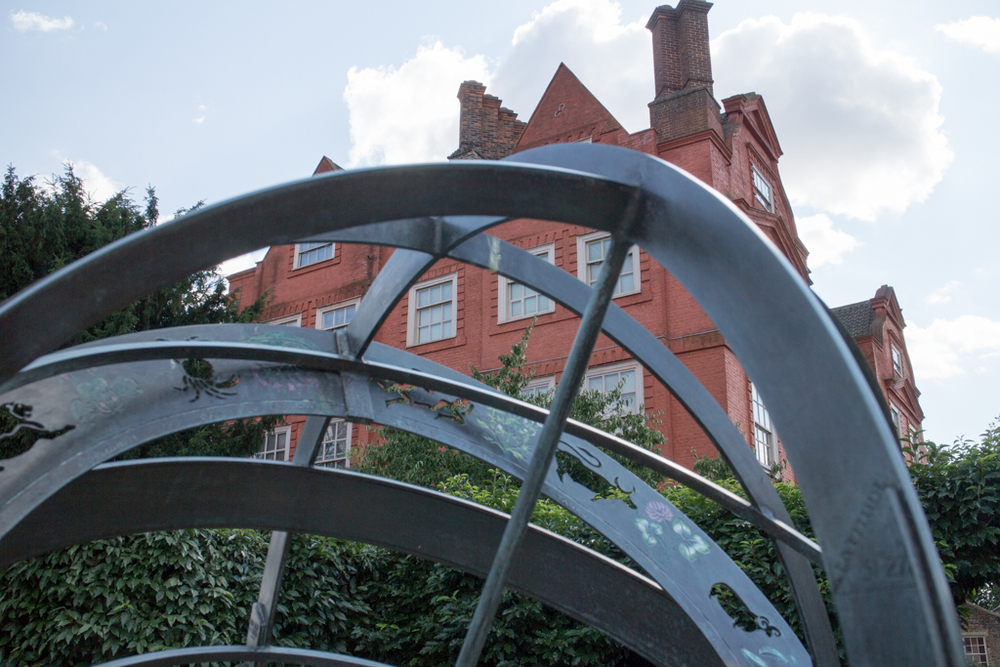
All in all this is a very well-made and satisfying compact. It is small, I would judge the smallest APS-C camera after the Ricoh GR. It is little wonder that Argos have sold out of their £199 offer within a day. The EOS M has quite clearly not been a success for Canon; that much is obvious from the way in which it is now being discounted. There is already a Mark II version available in Japan but, so far, as not reached Europe or the USA. But the qualities of this little camera shine through all the negative comment and I hope that Canon is prepared to continue with its first entry into the mirrorless market.
Note that all the pictures here (except the Leica shot) were taken with the kit 18-55mm zoom which is not bad. I would say it is a cut above the Canon kit zooms supplied with DSLRs but certainly not up to the standards of high-quality zooms such as we have seen on the Leica X Vario and T. All shots were taken in RAW with minimal processing. I have yet to experiment with the Canon’s JPEG capabilities.
